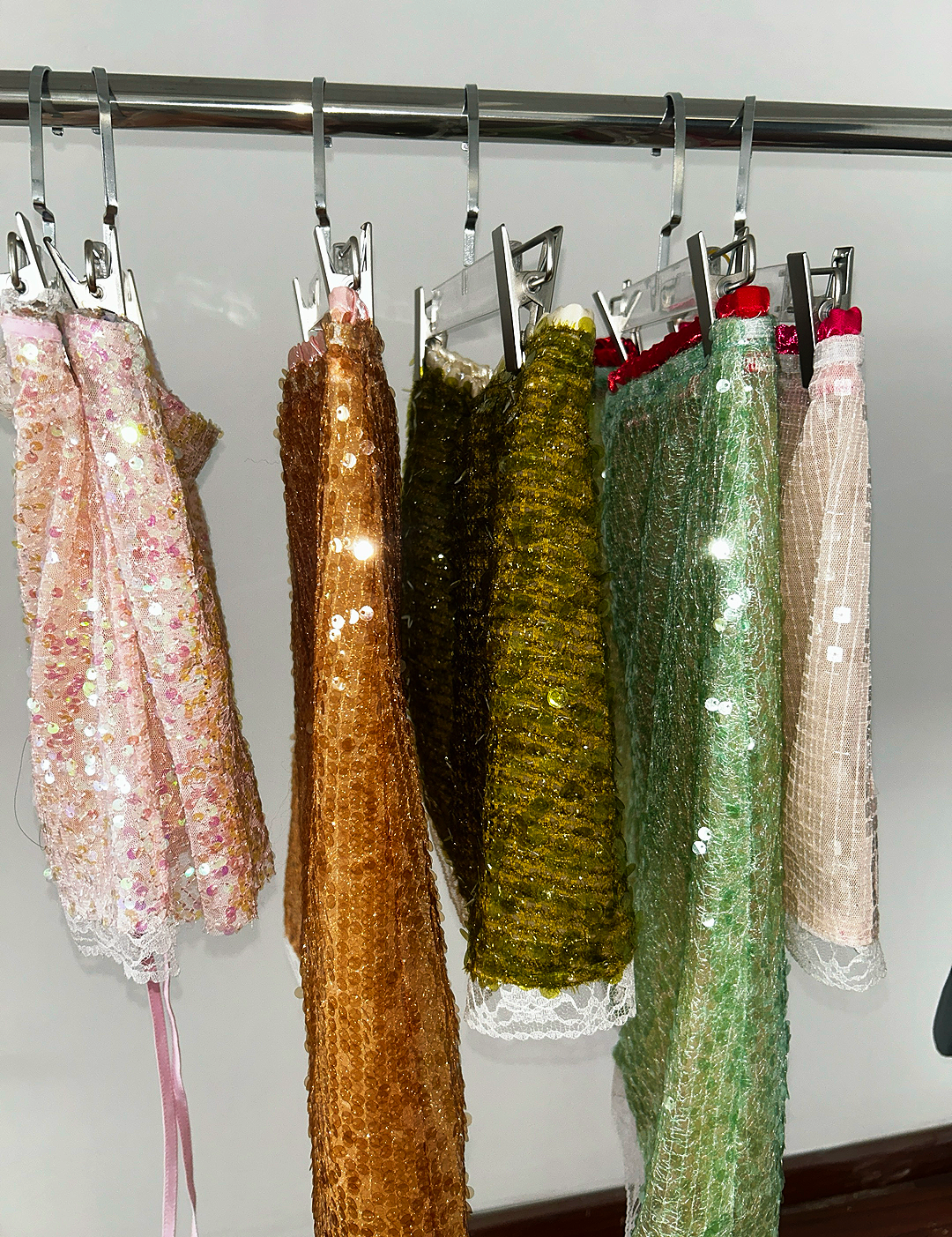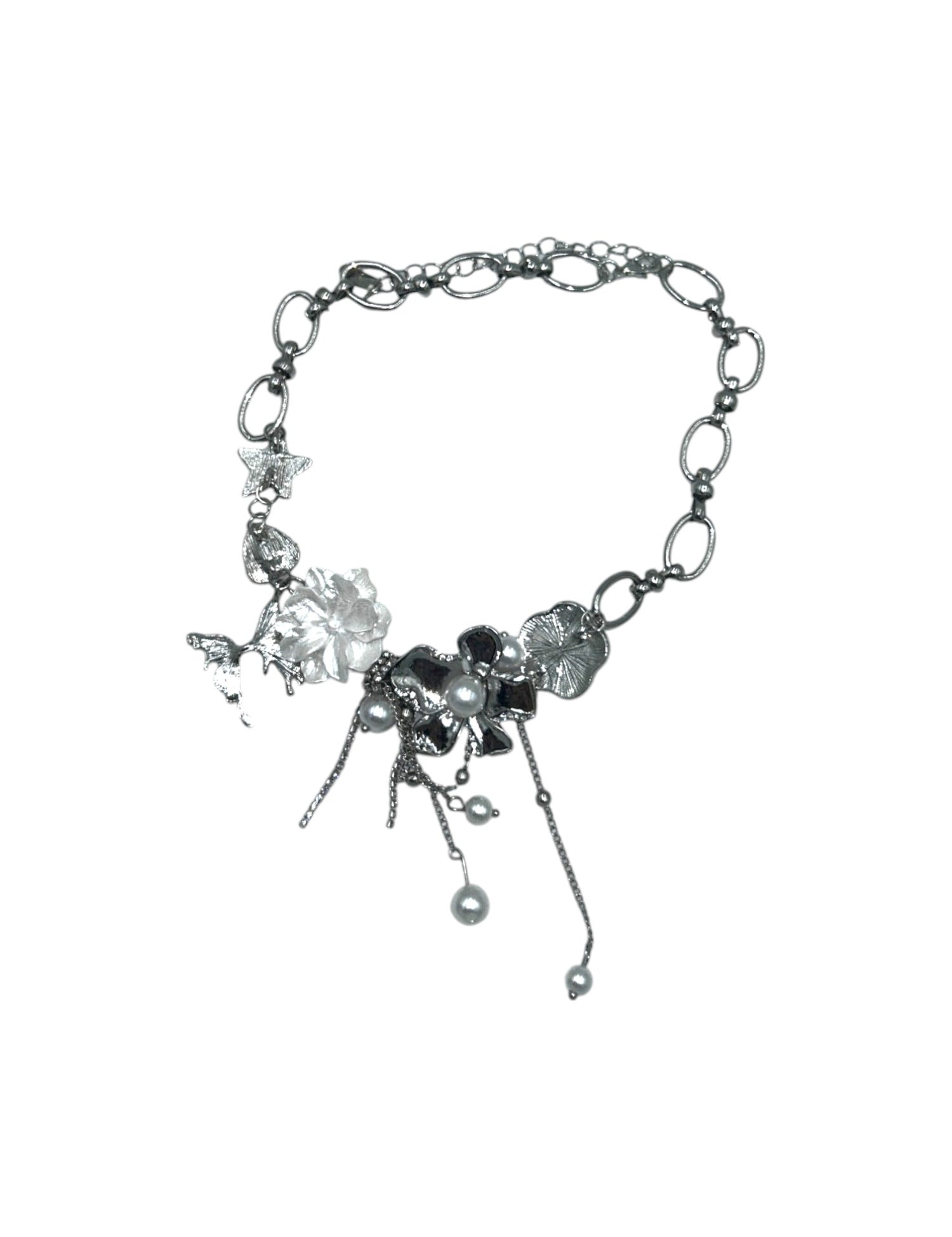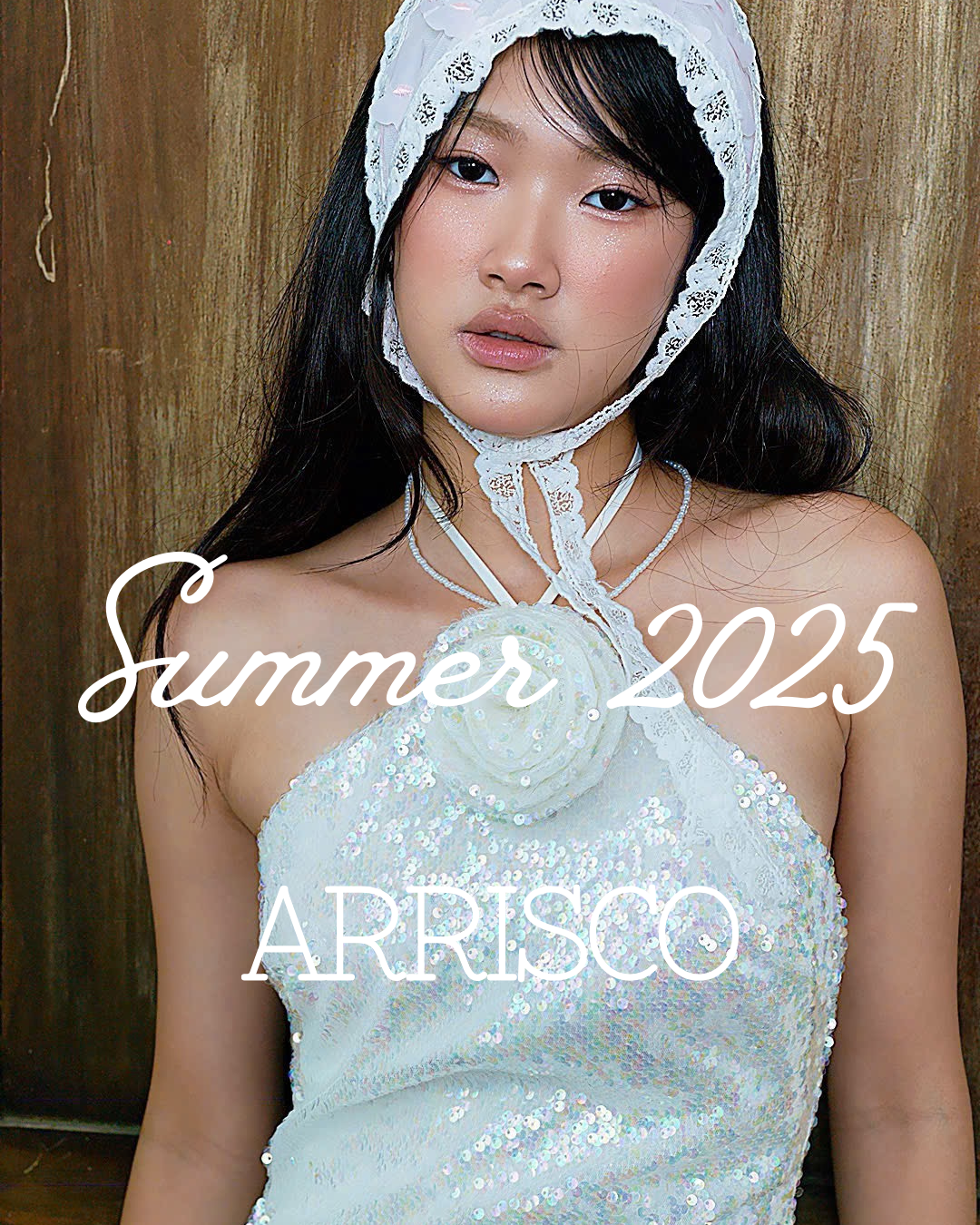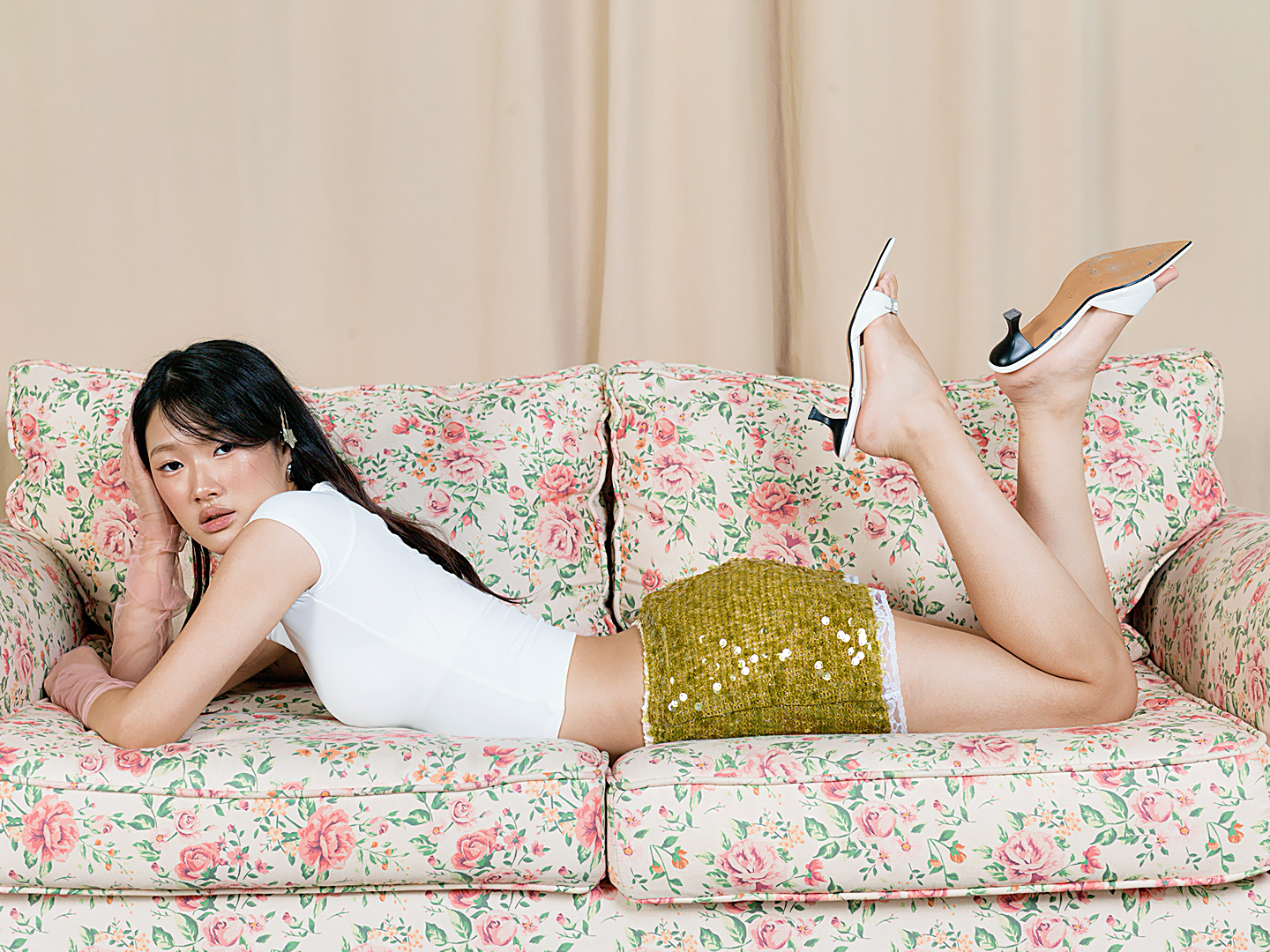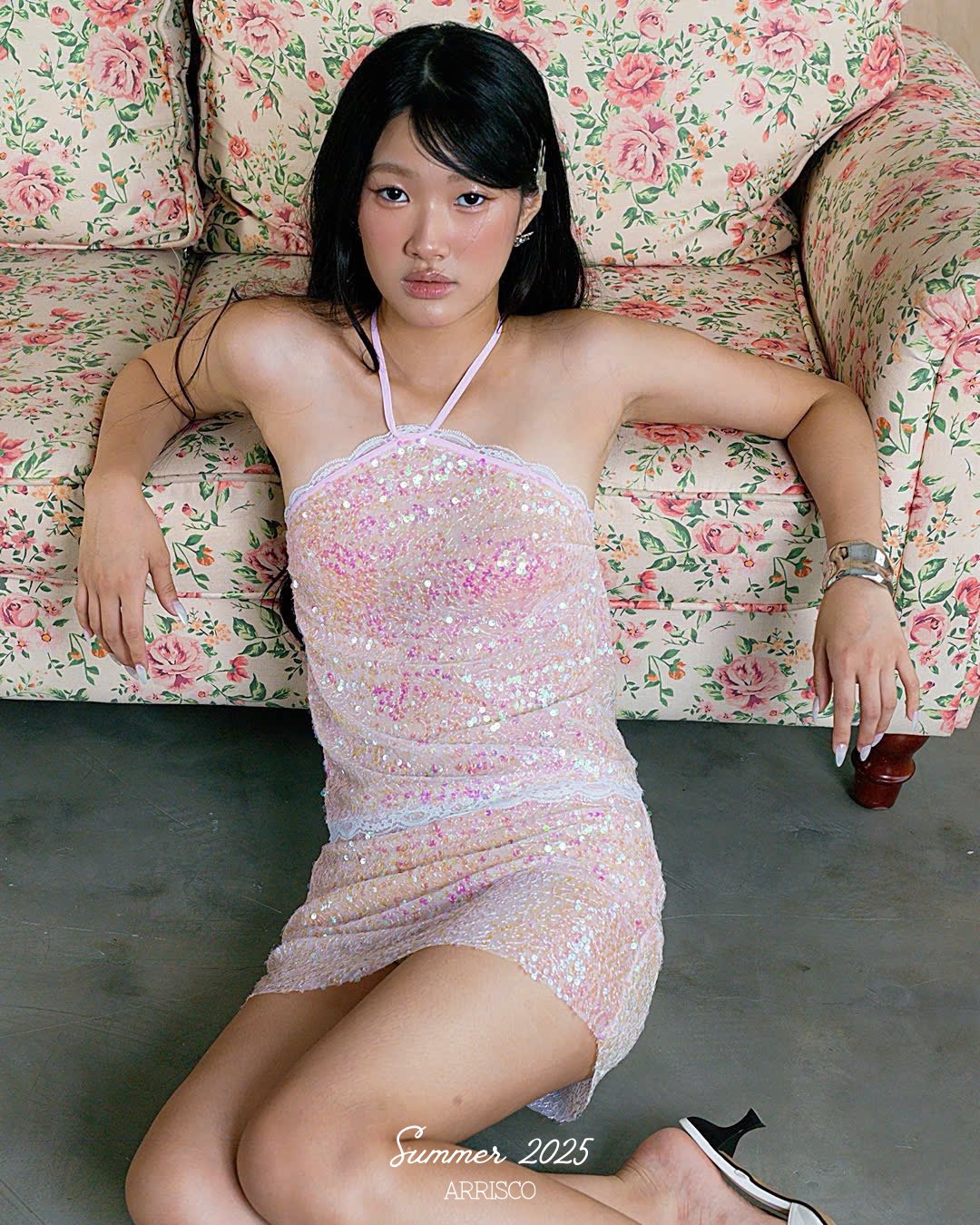Overview
The blog explores the evolution of fashion as a reflection of cultural and societal changes throughout history, from ancient civilizations to modern trends. Key themes include the role of status, the impact of significant historical events, the rise of fast fashion and sustainability, and the integration of technology in shaping future fashion.
Frequently Asked Questions
1. What is the main theme of the blog article?
2. How did ancient civilizations influence fashion?
3. What role did fashion play during the Middle Ages?
4. What significant change occurred in the fashion world during the Industrial Revolution?
5. What are some key trends in modern fashion as discussed in the article?
Fashion is much more than just clothing – it’s a form of self-expression, a reflection of culture, and often, a narrative of history. The evolution of fashion trends over the decades tells a story that intertwines with societal changes, technological advancements, and individual creativity. This article delves into the fascinating journey of fashion from past eras to contemporary styles, highlighting key movements and influences that have shaped the way we view clothing today.
The Dawn of Fashion: Ancient Civilizations
The genesis of fashion can be traced back to ancient civilizations. In countries like Egypt, Mesopotamia, and China, clothing was not merely a necessity but a symbol of status, identity, and even spirituality. The Egyptians, for example, adorned themselves in linen garments, while those in Mesopotamia draped themselves in wool. These early forms of fashion were often influenced by the environment and resources available, paving the way for unique styles within these diverse cultures.
The Role of Material and Functionality
Fashion in ancient times served a functional purpose. The materials used were directly related to the climate. In warmer regions, lightweight materials such as linen were favored, while cooler areas relied on fur or thicker fabrics. This trend of functionality continues to resonate in fashion today, influencing how we choose our wardrobes based on lifestyle and environmental factors.
The Middle Ages: Fashion as Status Symbol
Fast forward to the Middle Ages, where fashion began to take on a more pronounced role in social status. Clothing was used as a visual language, indicating wealth and hierarchy. Sumptuary laws emerged, regulating what individuals could wear based on their social standing. The rich adorned themselves in luxurious fabrics such as silk and velvet, while the lower classes were limited to simpler materials.
The Influence of Religion and Culture
The Middle Ages also saw a heavy influence of religious beliefs on fashion. Church recommendations often dictated modesty and simplicity, leading to the style of dress that emphasized covering the body. This period also laid the groundwork for regional fashion distinctions that emerged in late medieval Europe, merging culture with clothing.
The Renaissance: A Flourish of Creativity
The Renaissance period sparked innovation not just in art, but in fashion as well. With the rebirth of classical ideals, clothing became more elaborate, colorful, and tailored. Designers began to experiment with textures, patterns, and silhouettes. This period introduced the corset as a staple of women’s fashion and signified a shift towards more structured forms of clothing.
Global Interactions and Trade
The increase in trade with the East introduced new fabrics and styles, further enriching European fashion. Textiles like silk became symbols of luxury and sophistication, leading to an ever-growing demand for exotic materials. The evolution of fashion during this era showcases how interconnected the world was becoming, even centuries ago.
The 18th Century: The Age of Enlightenment
The 18th century marked another significant phase in the progression of fashion, driven by the Age of Enlightenment. With a newfound emphasis on individualism and personal expression, fashion became a means of showcasing personal taste and innovation. The English and French courts were at the forefront, with elaborate gowns and suits making statements about wealth and power.
The Impact of Revolutions
This century also witnessed the impacts of political revolutions, such as the American and French Revolutions, which shifted how people viewed clothing. As ideas of freedom and equality spread, fashion began to democratize. Simpler styles emerged as symbols of rebellion against aristocratic excess, paving the way for a more casual aesthetic that took hold in the coming decades.
The 19th Century: Industrial Revolution to Haute Couture
The Industrial Revolution had a seismic impact on the fashion world. With the advent of mass production, clothing became more accessible to the general public. Factories emerged, and sewing machines revolutionized how garments were made. This democratization of fashion meant that even the working class could enjoy clothing that had once been reserved for the elite.
Haute Couture and Emerging Designers
As the 19th century progressed, fashion houses began to emerge, giving birth to haute couture. Designers like Charles Frederick Worth established the first fashion houses in Paris, transforming the industry into a structured realm where seasonally based collections were showcased. This period introduced the concept of “trend-setting” with the emergence of specific styles that would dictate fashion in the coming years.
The Roaring Twenties: Glamour and Liberation
The 1920s was a pivotal decade that celebrated liberation, particularly for women. The flapper style emerged as a rebellion against the previous constraints of Victorian fashion. Women began to wear shorter hemlines, bobbed hairstyles, and more relaxed silhouettes. This era also saw the rise of jazz culture, which heavily influenced the fashion of the day.
The Evolving Role of Women
The evolution of women’s fashion during this period was not just about aesthetic changes; it mirrored societal shifts towards feminist ideals and independence. Fashion became a form of empowerment, allowing women to express their newfound freedom in bold and creative ways.
Mid-20th Century: From War to Haute Culture
The mid-20th century was marked by significant changes in fashion, influenced heavily by both world wars. During World War II, practicality was paramount, and clothing reflected this necessity. However, post-war, the fashion scene exploded with creativity and glamour. Designers like Christian Dior introduced the “New Look,” which celebrated femininity and luxury after years of fabric rationing.
Pop Culture and Youth Movements
The 1960s and 1970s saw the emergence of youth-driven fashion trends. The impact of pop culture, music, and television began to influence fashion in unprecedented ways. Styles like mod fashion, hippy attire, and rock-and-roll attire emerged, emphasizing rebellion and individualism. Vintage shops started appearing, celebrating past trends and making them relevant to the youthful mindset of the time.
The Digital Age: Fast Fashion and Sustainability
The late 20th and early 21st centuries have witnessed the rise of fast fashion, where trends are created, produced, and consumed at an unprecedented speed. Brands like Zara and H&M have made fashion accessible to all, but this convenience comes with challenges, primarily regarding sustainability.
The Sustainability Movement
In reaction to fast fashion, many consumers are now shifting their focus towards sustainable fashion. This movement emphasizes environmentally friendly practices, ethical labor, and timeless styles that endure beyond mere trends. Designers are increasingly adopting eco-friendly materials and production practices, reshaping what the future of fashion will look like.
The Future of Fashion: Trends to Watch
The fashion landscape continues to evolve at a rapid pace, influenced by technology and global consciousness. With advancements in technology like 3D printing and AI designing, the future holds exciting possibilities. Moreover, the focus on diversity and inclusivity is becoming more prominent, as brands strive to represent all individuals regardless of body type, gender, or ethnicity.
The Intersection of Fashion and Technology
The integration of technology into fashion is leading to innovative designs and experiences. Virtual fitting rooms, smart textiles, and even AI-driven fashion are just some examples of how technology continues to influence style and shopping approaches. As we look ahead, it will be fascinating to see how these advancements blur the line between fashion and technology, creating truly unique experiences.
A Stylish Future Awaits
The evolution of fashion trends is more than a timeline of styles; it's an ongoing narrative that reflects humanity’s creative spirit. From the practicality of ancient garments to the fast-paced world of fashion today, every era speaks volumes about society’s values and aspirations. As we move forward, it’s essential to embrace the lessons learned from our fashion history while being open to the exciting possibilities that lie ahead.
Fashion is an ever-changing tapestry, inviting each of us to contribute to its ongoing evolution. Whether we find joy in self-expression, sustainability, or technological advancements, the world of fashion will undoubtedly continue to inspire, provoke, and challenge us for generations to come.

